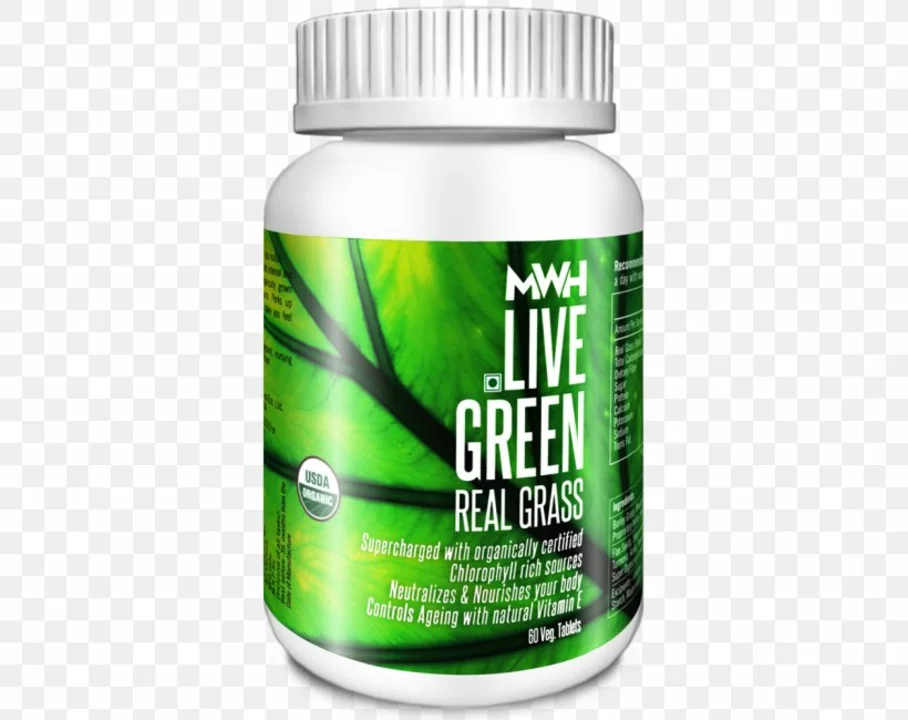Eastern Red Cedar (Juniperus virginiana): Practical Uses and Safe Tips
Eastern red cedar is a common North American tree you’ve probably seen lining fields or hiding in hedges. It’s aromatic, hardy, and pops up in folk uses from closets to natural pest control. If you’re curious about cedarwood oil, medicinal uses, or simple safety tips, this short guide gives clear, usable advice without the fluff.
How people use eastern red cedar
Home: The wood smells nice and repels moths and other insects, so people still use cedar blocks or lined chests for clothes. The scent comes from natural oils in the wood, and that scent lasts for years if the wood stays intact.
Aromatherapy and personal care: Cedarwood essential oil is the common product from eastern red cedar. People add a few drops to diffusers, mix it into lotions, or use it in DIY cleaners. When used diluted, it gives a woody, calming aroma that many find grounding.
Gardening and wildlife: Birds and small mammals eat cedar ‘berries’ (actually cones), and the tree can act as a windbreak in yards. It’s low-maintenance — drought-tolerant and deer-resistant — so it’s often used in shelter belts or natural hedges.
Safety, storage, and buying tips
Don’t ingest cedarwood oil or chew berries unless a trained clinician gives clear advice. Some juniper species’ berries are used as spice, but eastern red cedar isn’t the same as culinary juniper and can cause stomach upset or worse in high amounts.
Topical use: Always dilute essential oil in a carrier oil (like jojoba or sweet almond) at a safe ratio — a common home ratio is 1–2% for adults (about 6–12 drops per ounce of carrier). Do a patch test on your inner forearm and wait 24 hours to check for irritation. Stop use if you get redness, itching, or a burning sensation.
Pregnancy, nursing, young kids, and pets: Avoid cedarwood oil around pregnant or breastfeeding people unless cleared by a healthcare provider. Essential oils can be harmful to cats and sometimes dogs — keep oils away from pets and avoid direct application on animals without a vet’s OK.
Buying: Look for products labeled Juniperus virginiana or “eastern red cedar.” Choose brands that offer GC/MS testing or purity statements so you know there are no fillers or adulterants. For wood products, kiln-dried, untreated cedar is best for indoor use to avoid chemical residues.
Sustainability and local rules: In some areas eastern red cedar spreads aggressively and is managed as a weed; in other places it’s valued for wildlife cover. If you’re harvesting wood, check local rules and avoid overharvesting native stands.
Quick checklist before you use cedar products: confirm the species, choose tested oils, dilute before skin use, keep away from pets and pregnancy unless advised, and store oils in dark glass bottles away from heat and light. That keeps things simple, safe, and effective.
